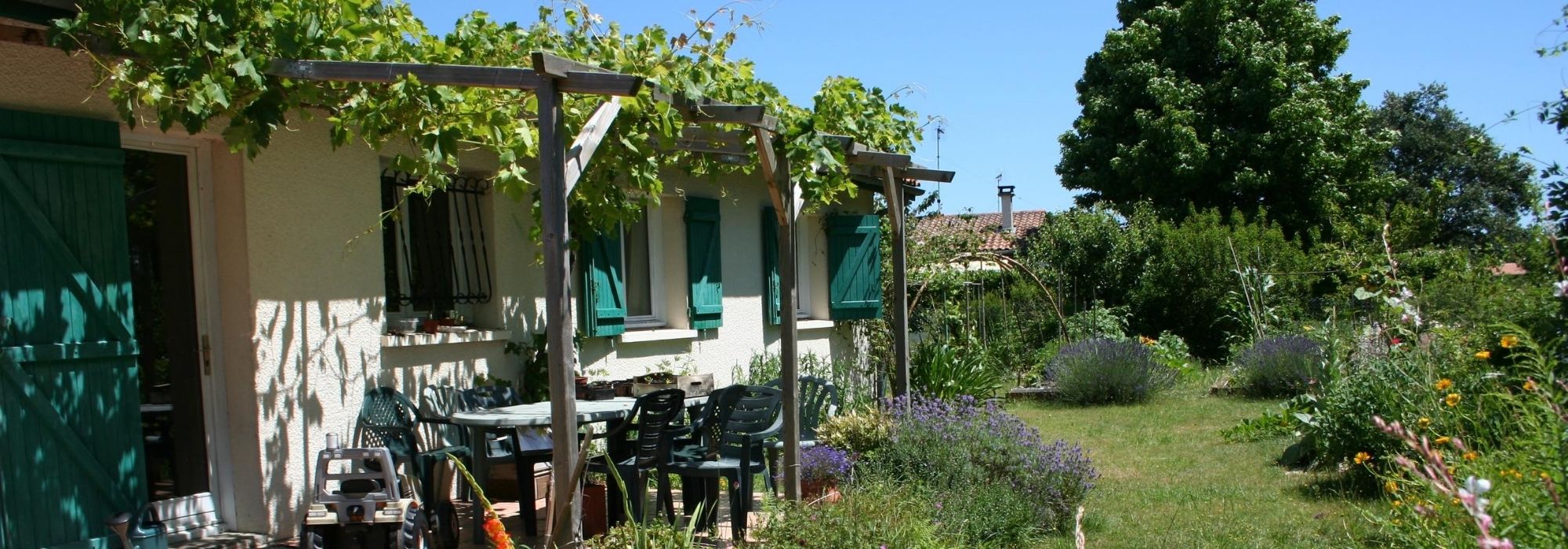
Shading a terrace: which plants to choose?
Our selection and advice
Contents
Temperatures are rising… A little coolness and shade on the terrace are more than welcome! Shading your terrace is essential in summer to have lunch and relax without worrying about the day’s intense heat. With well-chosen plants, you can enjoy light shade and create a green, relaxing setting, attractive all year round and also useful as a privacy screen. Bushes or small trees placed thoughtfully, climbing plants trained over a structure to form a natural pergola, will surprise you with the quality of their shade and their beauty. They will transform your terrace into a true cocoon! Discover our selection of small trees, bushes and climbing plants to shade your terrace!
How to choose?
To bring some coolness to a terrace, people look for light or dense foliage, a parasol habit and sufficient plant height to create a pleasant cast shade.
In reality, several criteria, besides nature of shade or appearance, need to be considered before choosing an essential oil of tree or of climbing for a terrace :
- Rooting is a very important criterion for a garden terrace: some trees, although modest in size at ripeness and with interesting silhouettes, can lift paving slabs and irreparably damage a terrace. Beware notably of pines (including umbrella pines), magnificent for this use but which lift coverings in time.
- Exposure: a south-facing terrace will require more shading than an east- or west-facing one. A denser, more compact foliage, even evergreen, will be better suited.
- Achieving an attractive view from inside, the terrace generally being located near living areas (kitchen, lounge, dining). Installing a tree, a bush or a climbing on this relaxation area you use for several months is also an opportunity to assert a style: plant with summer flowering, exceptional foliage, exotic or country feel? If planting a plant on or at the corner of your terrace, make sure it particularly charms you; you will often have it in sight!
- Silhouette: parasol forms with spreading habit are particularly suited to provide sufficient shade for any type of terrace, ball forms on stem suit small terraces, with ground-space saving offered by the stem form.
- A deciduous form is interesting so as not to darken living areas in winter.
- Some final advice on plants to avoid: any trees bearing staining fruits, at risk of having to clean paving or wood decking more than expected; foliages that produce sticky residues such as hazels. Also avoid essential oils whose pollens are allergenic, and trees whose cast shade is too dense on small terraces. Finally, even if fragrances of certain climbers or small trees are tempting, beware of pollinating insects they attract with nectar and that may disturb your siesta.
Learn more :
⇒ Which trees should not be planted near a terrace?
⇒ Which trees to plant near a terrace?
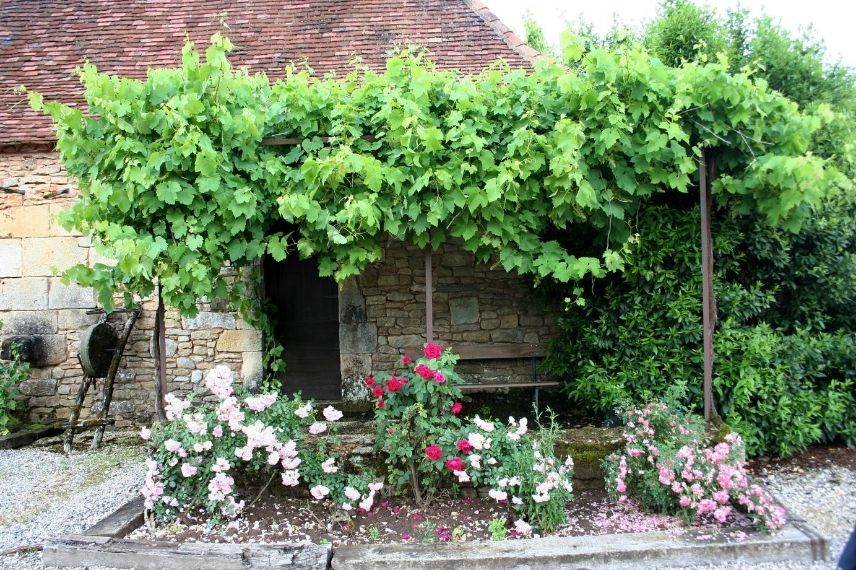
Prefer dense shade on south-facing exposure; here a grape vine (Vitis vinifera)
Selection of small trees
If you have a little space around your terrace, a small tree is an ideal solution to provide shade! It gives identity and structures the space. Choose trees 3–8 m tall at maturity, guaranteeing enough shade to cool and protect from sun at its zenith. Because of their modest size, they suit both small and larger gardens, in sunny positions.
Here is our selection of particularly ornamental shade trees, mostly deciduous. They look their best planted as specimens at a corner or along the terrace.
Albizia
This is arguably the best-known and most used of the shade trees. Indeed, the silk tree (its vernacular name) is superb in summer with its spreading habit, its elegant silky pink inflorescences and its finely divided foliage reminiscent of mimosa: it provides very light shade. In addition, it tolerates drought perfectly, making it very suitable for a south-facing position and the increasingly hot summers ahead.
Chitalpa
Here is a small tree much less common in gardens but well deserving attention for its spectacular summer flowering: its pale pink, trumpet-shaped flowers with an orchid-like look are sumptuous. Fast-growing, it has exotic appeal while retaining good hardiness, allowing planting in many regions. Its lanceolate (long and narrow) foliage also gives it a lot of lightness.
Mulberry
If you want denser shade, a white mulberry (Morus alba) in dwarf forms such as Morus alba ‘Nana Issai’ is attractive. Very happy in full sun and not afraid of drought, it is a fine alternative to flowering trees: its large dentate foliage steals the show, giving an almost exotic feel, and its globe-shaped habit is very pleasing. It is hardy and can be grown in many regions. Catalpa bignonioides ‘Nana’ is another globe-shaped tree that, with its dense foliage, also brings some coolness by casting thick shade.
The Lagerstroemia, or crape myrtle
This is a very fine ornamental tree for the terrace, whether planted in the ground or in a large pot in dwarf varieties. Chosen as a standard, it is enough to provide the shade needed around a dining corner or relaxation area. The very pretty pink cluster flowering appears rather late in summer, but it is long-lasting, up to first frosts. After a few years, its bark and silhouette make it a true sculptural tree for winter.
Amelanchier
This large bush is a very attractive option if you dream of a beautiful spring display by your terrace. It literally becomes covered with very graceful white flowers in April. In summer, small fruits take over. Amelanchier, which requires a sunny position, has another major asset: its blazing autumn foliage. Deciduous, it will not darken rooms around the terrace during winter months.
Loquat, or Eriobotrya japonica
This is a small evergreen tree with a distinctly exotic appearance, enlivening the terrace with its superb broad, puckered foliage and its magnificent rounded or spreading habit. Whether chosen as a standard or as coppice shoots (multi-stem), it gives the terrace beneficial shade and a distinctly Mediterranean feel.
All these small trees also have the advantage of allowing string lights to be hung in their lower branches to make your summer evenings even more magical!
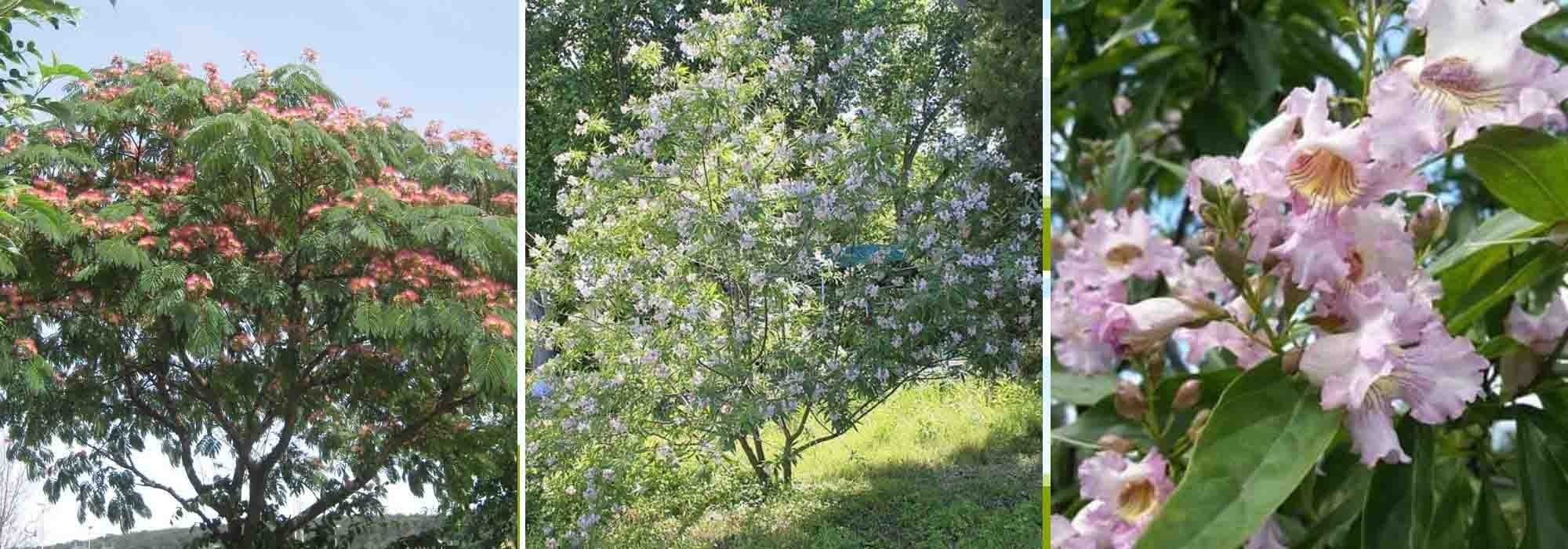
Lagerstroemia indica and Chitalpa tashkentensis (habit and flowering on right)
Discover other Patios
View all →Available in 1 sizes
Available in 1 sizes
Available in 1 sizes
Available in 1 sizes
Available in 0 sizes
Available in 1 sizes
Available in 0 sizes
Available in 1 sizes
Available in 0 sizes
Available in 1 sizes
Climbing plants for my pergola
Climbing plants are also the botanical trick that lets you combine a strong architectural element such as an arbour or pergola with the vigour of exuberant plants bursting with flowers or leaves in mid‑summer! Again, favour plants that like full sun:
Clematis
Queens of pergolas, flooding structures with blooms, clematis are invaluable allies for creating light shade in a variety of colours. Clematis are much prized for their large starry flowers, single, double or bell‑shaped, flowering in spring or summer, sometimes fragrant. Some species are deciduous, others evergreen. They prefer planting with their top in sun and their base in shade!
Passionflowers
Passionflower is notable for its rapid growth and long exotic flowering. Its singular flower will make your arbour or pergola a decorative feature in its own right. It flowers from June until the first frosts and produces ornamental or, in the case of Passiflora edulis, edible fruits. Their variable hardiness makes most species suitable for mild climates. Choose variety according to your climate: the hardiest are P. incarnata and P. caerulea (to -10°C). The shade they provide is very pleasant. Passiflora caerulea, though classic, is my favourite for its long‑lasting foliage and vigour ideal for quickly covering a pergola.
⇒ Our tips for successfully growing passionflower.
Wisteria
Easy to grow, wisteria offers a spectacular, fragrant display in spring and sometimes repeats more sporadically during summer. Wisteria is charming for a romantic terrace arbour; if you want dense shade, check that the support is strong enough and control its growth in summer.
⇒ All our wisteria advice.
Star jasmine (Trachelospermum jasminoides)
Star jasmine is famed for its enchanting summer fragrance. Moderately hardy, it can be grown north of the Loire in a sunny, sheltered position in very well‑draining soil. It is wonderful on a pergola with Mexican orange or a trailing Ceanothus at its base.
Honeysuckles
Honeysuckle is a deciduous or evergreen climbing plant, well known for flowers that diffuse an inimitable perfume. Easy to grow, it prefers soils that do not dry out too much in summer and mild climates. We recommend planting in a shaded position, but it can cover a pergola in sun if very hot, exposed situations are avoided.
⇒ Pruning and maintenance of honeysuckles.
Climbing plants with autumn colours
You may prefer foliage that colours up in autumn (the Virginia creeper, perfect under a country arbour), or striking decorative foliage such as hop, which brings a very natural charm with bright yellow‑green leaves. Ornamental kiwi (Actinidia kolomita) is another liana providing a surprising two‑tone colouring to a pergola.
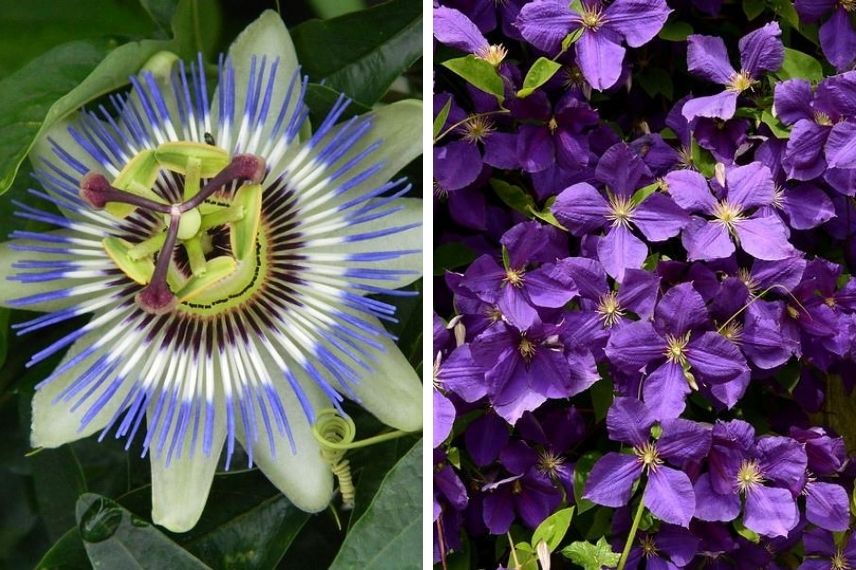
Passiflora caerulea and Clematis jackmanii, excellent companions for summer arbours
→ Also read: 6 climbing plants ideal for shading a terrace
Read also
To grow a grapevine in a potShading an urban terrace
Are you lucky enough to have a terrace in town, alongside your flat, or a roof terrace? You have several options to create a shady corner: turn your small terrace into a green haven, with trellis panels for well-behaved climbing plants, or for larger terraces or roof terraces fit a vegetated pergola with larger species.
Many small trees are also suitable for planting in pots, provided they are large enough to develop properly. As with any container planting, manage watering carefully.
Climbing plants
When trained on trellis panels, choose species and varieties with lianas 2–3 m tall, such as Passiflora ‘Lady Betty Miles Young’, with magnificent purple flowers that require only winter protection. In pink form, Passiflora ‘Aurora’ is also superb. Much hardier, Clematis jackmanii will grow easily in a pot, covering trellis panels or pergolas very densely.
Forming a light green roof that also screens views of the city is possible with hops to create a more natural, very refreshing atmosphere on an arbour. Fast-growing and with bright colours.
Shrubs and small trees
- Amelanchier lamarckii and compact varieties of Lagerstroemia tolerate large pots or planters of at least 50 cm diameter and 80 cm height. They provide very graceful flowering in spring and summer.
- The strawberry tree (Arbutus unedo) is certainly another small tree of interest on a terrace, enhancing the space with its fruit and decorating it year-round with evergreen foliage. It copes well with dry conditions on an elevated terrace. Choose a dwarf cultivar such as Arbutus unedo ‘Compacta’, about 2.50 m tall.
- On a very sunny urban terrace, consider grouping pots to increase shading, using bushes with a spreading habit, for example Viburnum plicatum ‘Mariesii’, with delicate cream inflorescences and compact growth (it prefers east or west exposure). You can pair it with evergreen bushes suited to full sun such as laurustinus (Viburnum tinus) and Photinia × fraseri, both tolerant of urban pollution.
Bamboos
They have the advantage of growing quickly and providing shade thanks to the density of their evergreen foliage. Non-running Fargesias, chosen at an average height of 3 m, offer real shade and also act as a windbreak. They are perfect if you also want to screen a neighbouring view and will complement decoration of a contemporary-style terrace, such as Fargesia murielae.
Small palms
Small palms are ideal for shading a terrace with an exotic feel. Choose a dwarf variety such as Chamaerops humilis ‘Vulcano’. Although slow-growing, it eventually forms a very attractive display when combined with lush plants, providing shade with tropical accents.
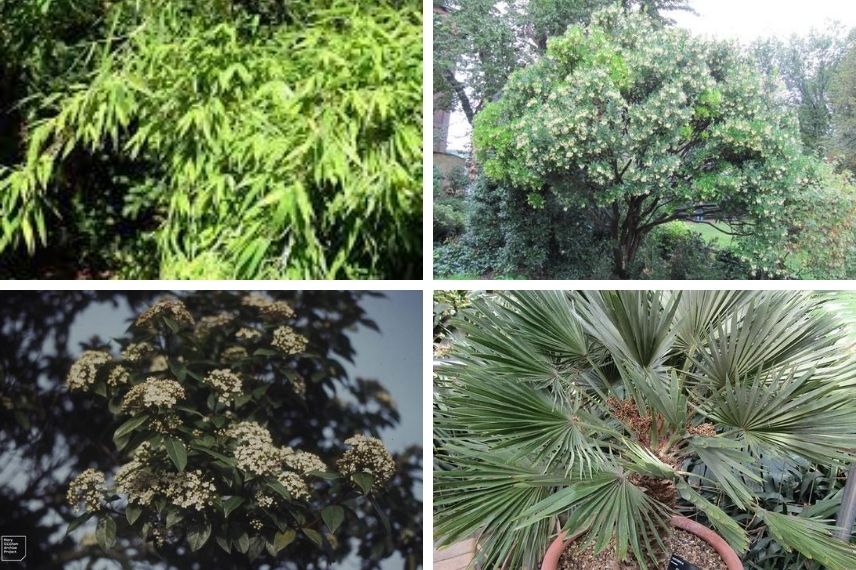
On a city terrace, don’t hesitate to mix different plants: bamboos, strawberry tree, laurustinus, palm
- Subscribe!
- Contents
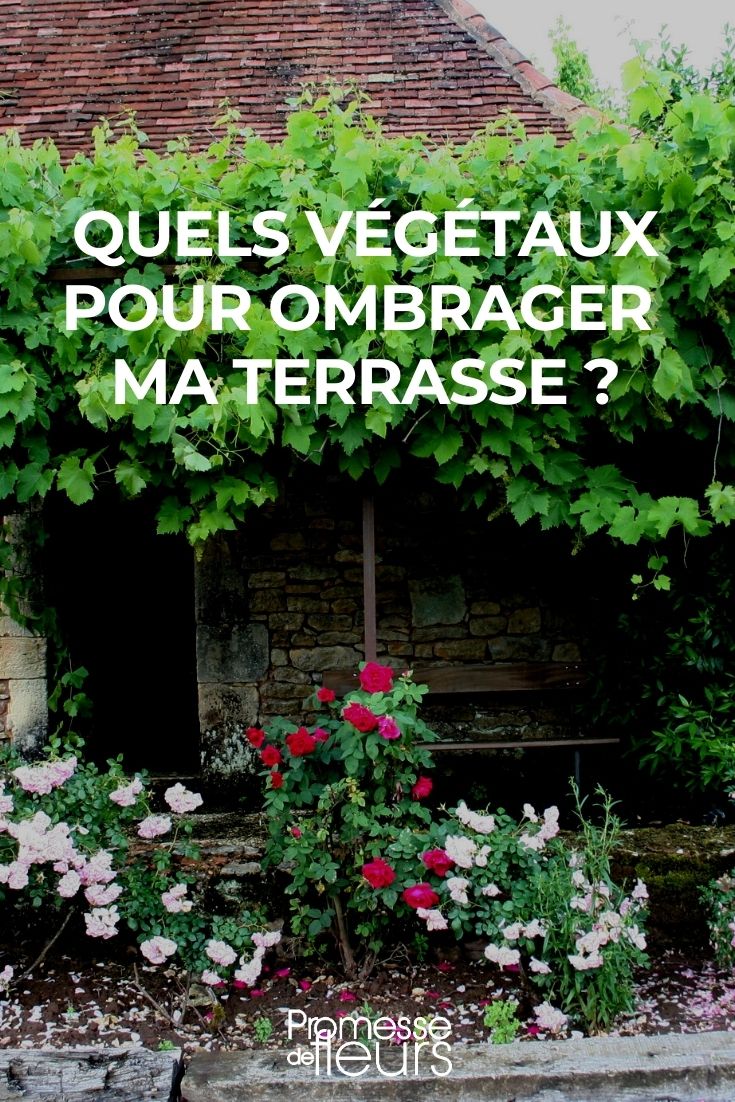































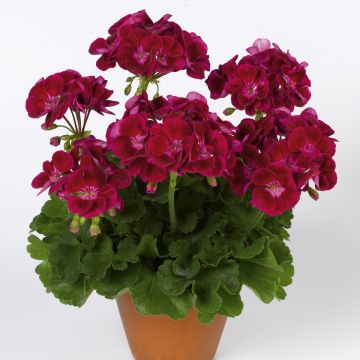
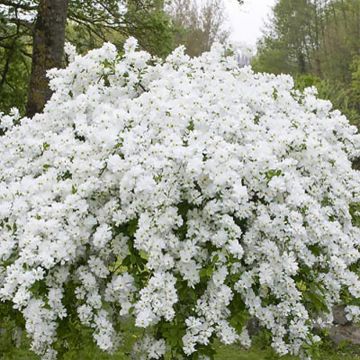


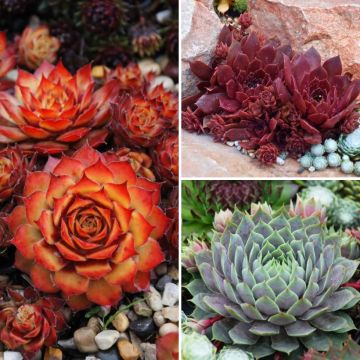
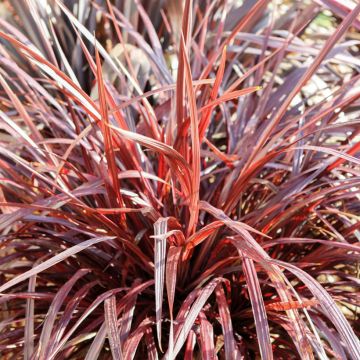


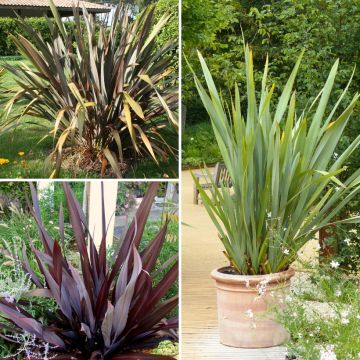
Comments